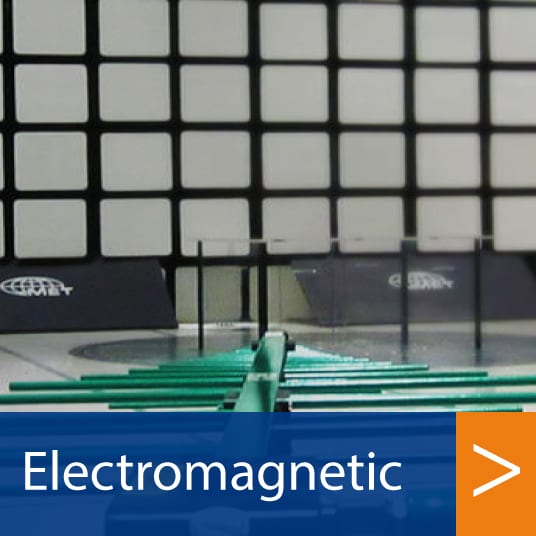
A pulse magnetic field may also be generated by the switching of H.V.bus-bars and lines by circuit breakers.Įlectrical fast Transient Test is performed to check the EUT’s capability to withstand the repetitive fast transient / bursts consisting of a number of fast transients, coupled into AC mains of power supply control, signal and earth ports of electrical and electronic equipment. sub-stations, electrical plants, and telecontrol centers. This test is performed to check the EUT’s capability to withstand the Pulsed magnetic field immunity for the equipment installed in H.V. proximity of equipment to the disturbance source). Pulse Magnetic Field test is an impulse magnetic fields related to the specific location and installation condition of the equipment (e.g.

EUT with Hall sensitive components will be sensitive to Magnetic Field. Power Frequency Magnetic Field test is performed to check the EUT’s capability to withstand the Magnetic Field Interference from neighboring equipment within that environment. Radiated Susceptibility test is performed to check the EUT’s capability to withstand the Radio Frequency Interference from neighboring equipment within that environment. Radiated Emission test is performed to in measure and limit the Radiated noise given out from any Electrical or Electronic products to the environment.Įlectro Static Discharge (ESD) test is performed to check the EUT’s capability to withstand the static charges generated by the user during normal use. It specifies limits of voltage changes that may be produced by equipment tested under specified conditions.Ĭonducted Emission test on Mains input is performed to measure and limit the conducted noise given out from any Electrical or Electronic products to Public Mains network.Ĭonducted Emission test on telecom ports is performed to measure and limit the conducted noise given out from Telecom port to the telecom Cable which would interfere with other coupling cables or other terminating products in the network. The specific section of IEC 6 / EN 6is concerned with the limitation of voltage fluctuations and flicker impressed on the public low-voltage system. Harmonic Current Emission Test is performed to measure the Harmonic current injected by the Load back on low-voltage alternating-current public mains networks. We can also conduct numerous measurements at short notice and on site in our mobile laboratory. In our highly-equipped testing labs focus on the following areas: Alarm systems, automotive/e-mobility, components, electric smog measurements, household and leisure products, industrial products, information technology, laboratory products, lights, medical devices, motor vehicle accessories/parts, railway technology products. Testing of the product according to the 2014/30/EU EMC directive: The equipment must be designed so that the electromagnetic frequencies do not interfere with the function of other products and vice versa.Our experts will evaluate the electromagnetic compatibility of your product in only three steps: Random sample testing during mass production as part of a quality assurance program.Testing at the final prototype stage prior to production, complete with a test report for market regulators and stakeholders.Testing in the development phase to spot potential problems early and reign in costs.We provide thorough, impartial testing for the key stages of your product development: As a “Notified Body” within the framework of the EMC directive in Europe and listed by the US Federal Communications Commission, our test mark reflects a commitment to excellence recognized globally.Īre you interested in our EMC testing services? Contact us now to request a quote!

We have earned the respect and trust of industry leaders and international authorities. We are thorough, awarding a test mark only after both an initial inspection and repeated checks of production sites. Testing is carried out by experts in our state-of-the-art laboratories or, in many cases, conveniently on-site. Our EMC testing regime takes these standards into account, issuing certification for compliance with international market regulations. Anybody wanting to bring such products onto the European market has to comply with the EMC directive 2014/30/EU. To prevent this, electric and electronic devices have to adhere to electromagnetic compatibility (EMC) guidelines and must bear the CE marking. Electromagnetic interference and susceptibility that is merely annoying in one context can be life-threatening in another. Manufacturers of electric and electronic devices in a wide range of industries, from automotive and railway to household and leisure goods to medical and laboratory equipment want to ensure that their products function safely and effectively.


 0 kommentar(er)
0 kommentar(er)
